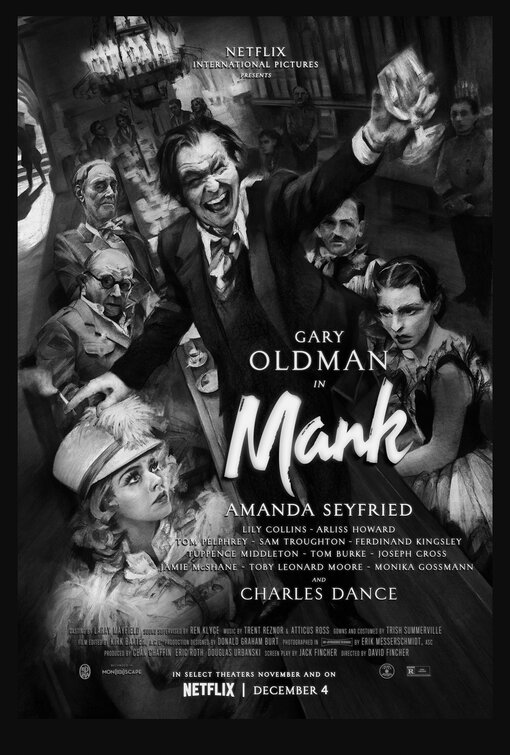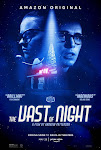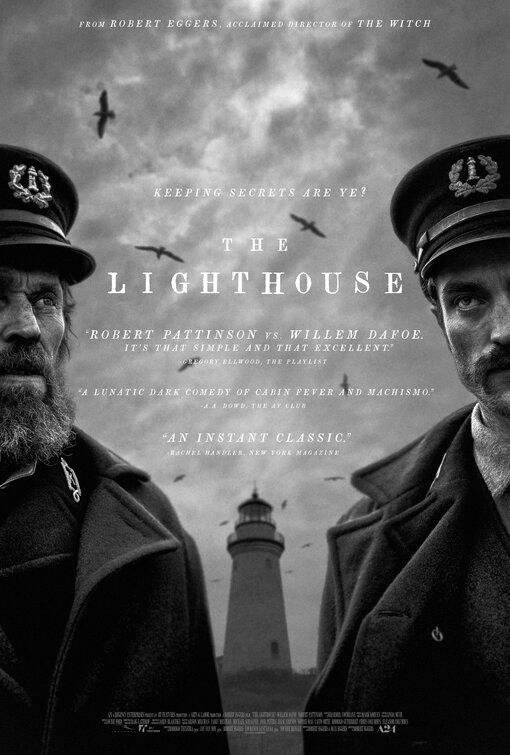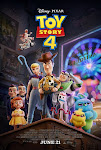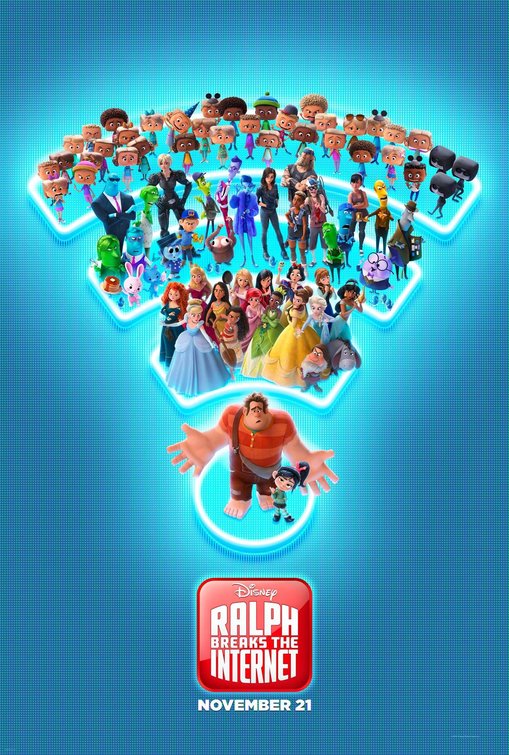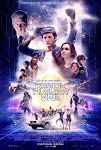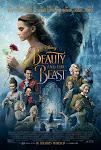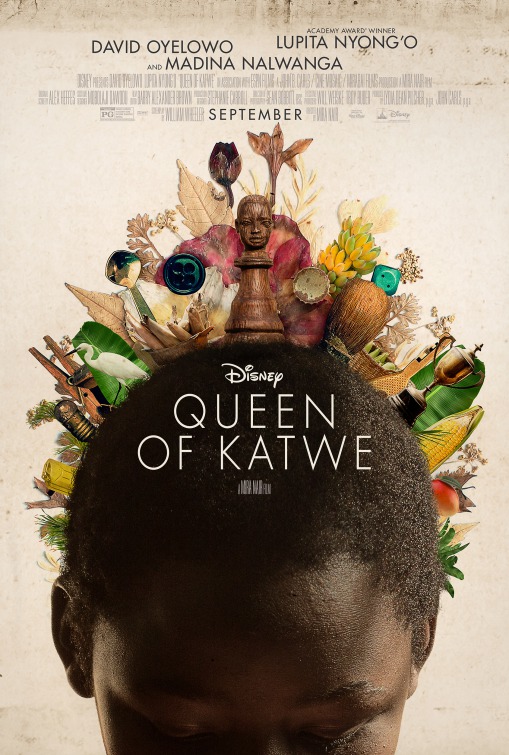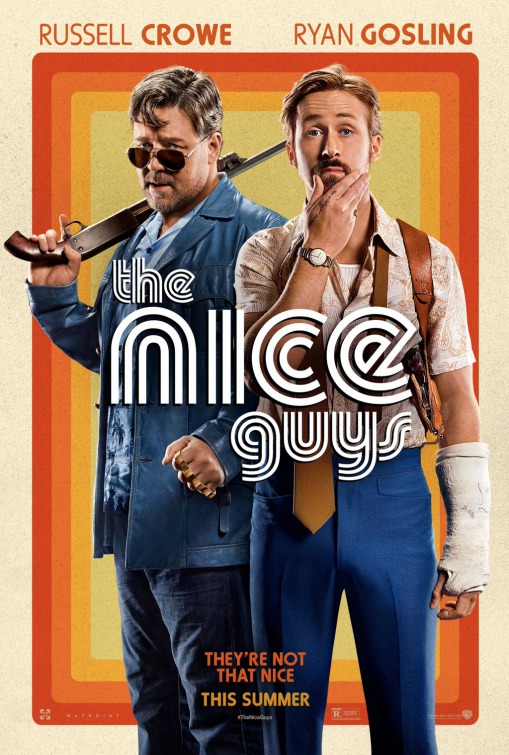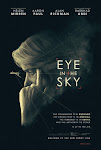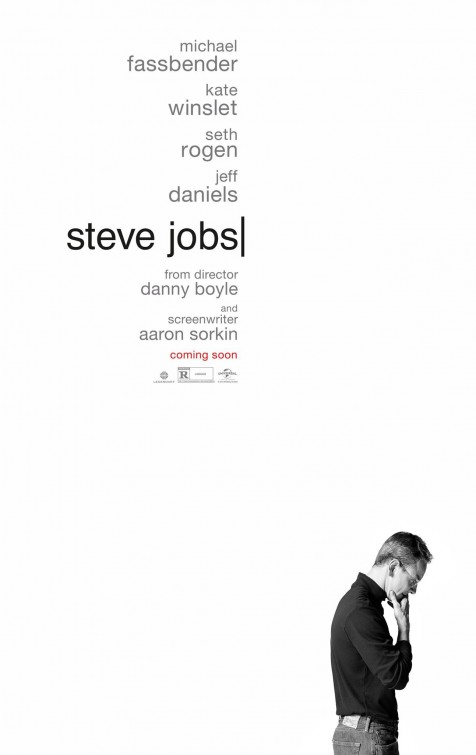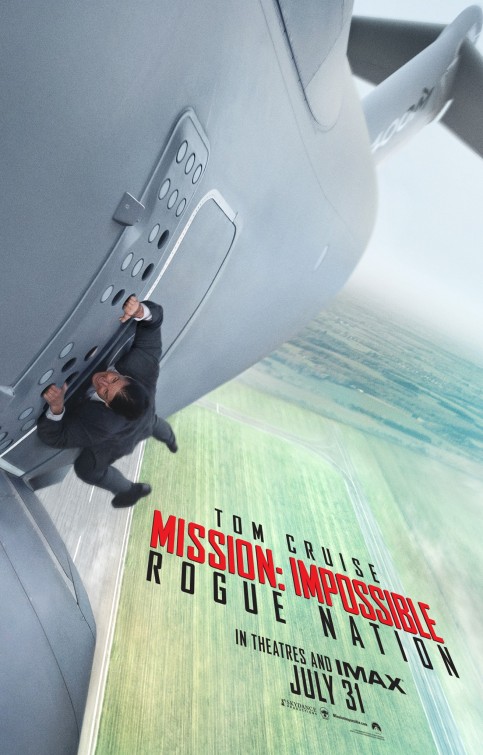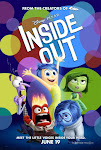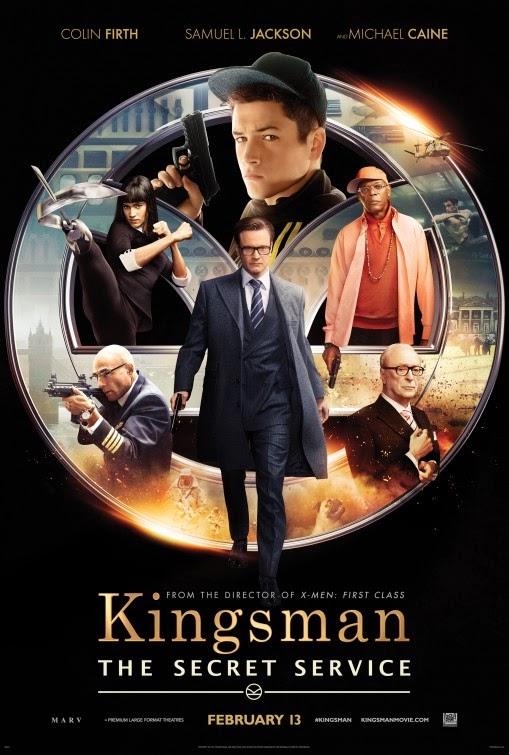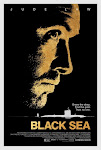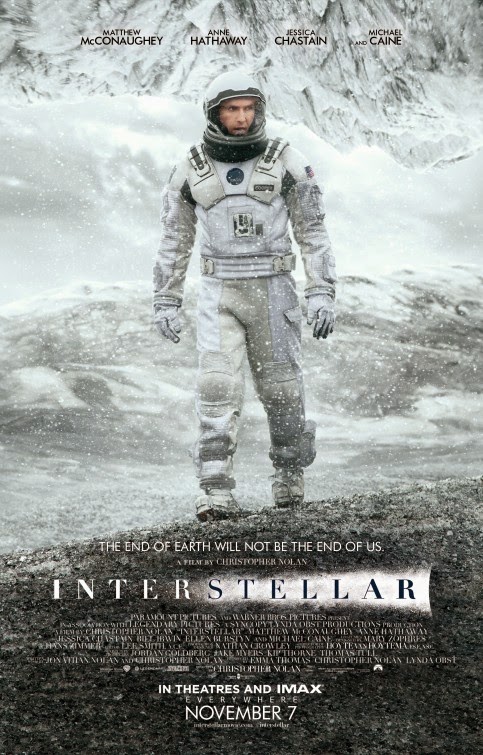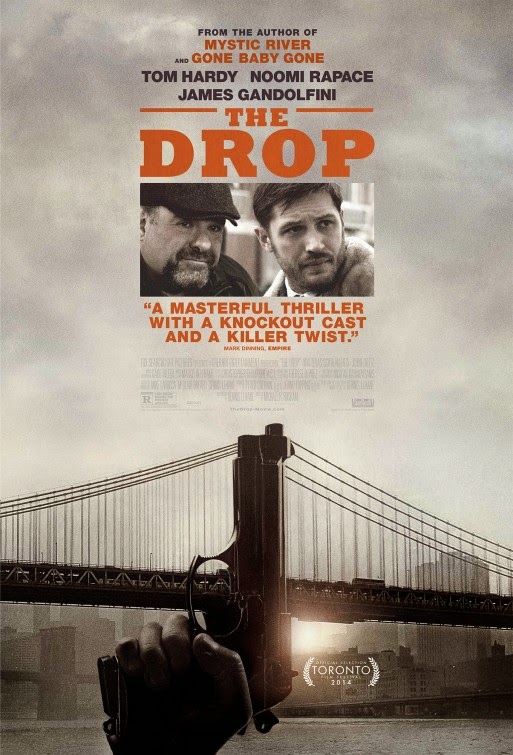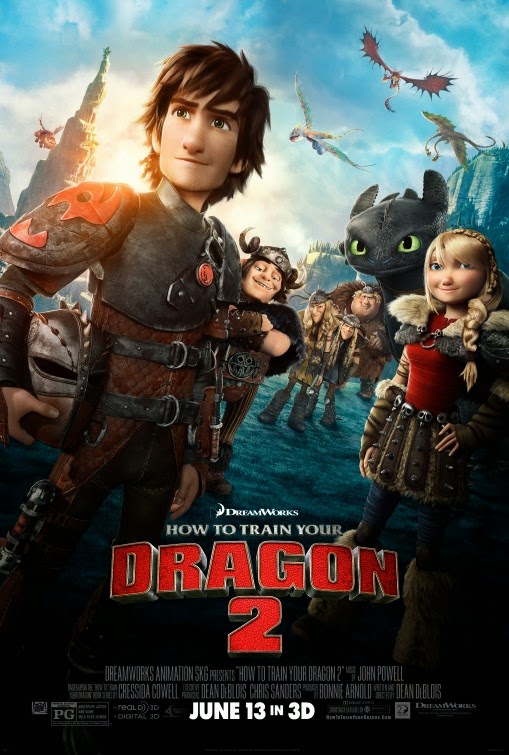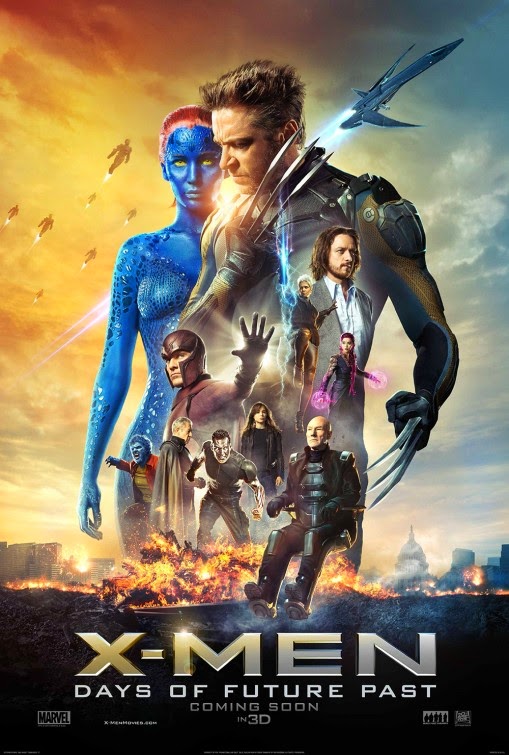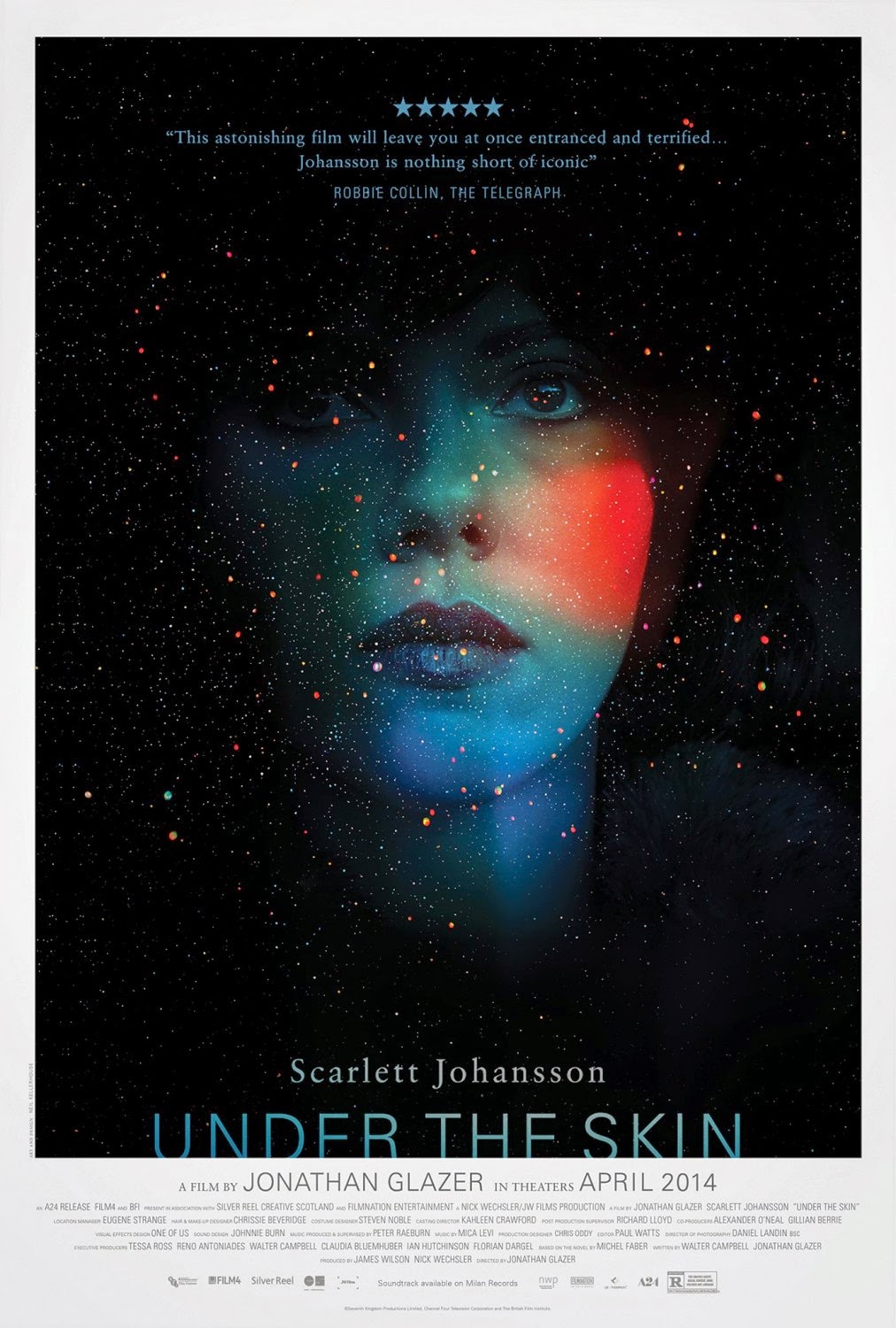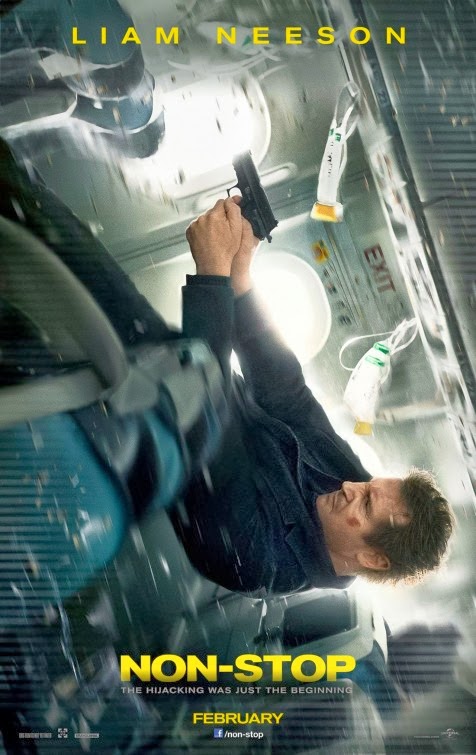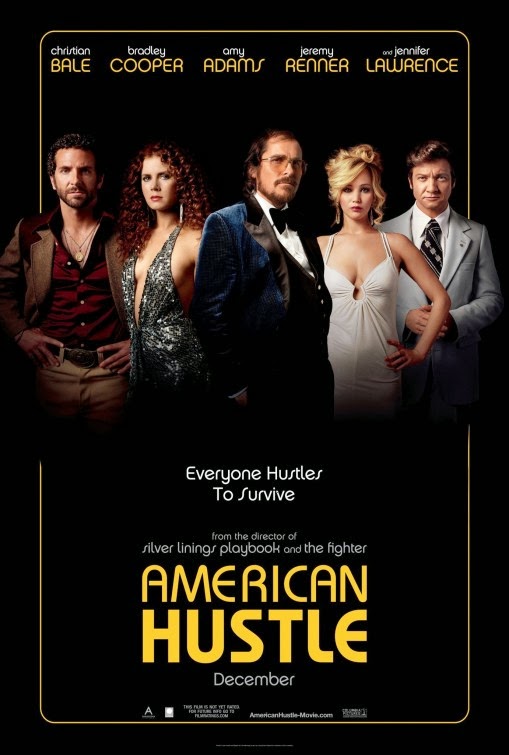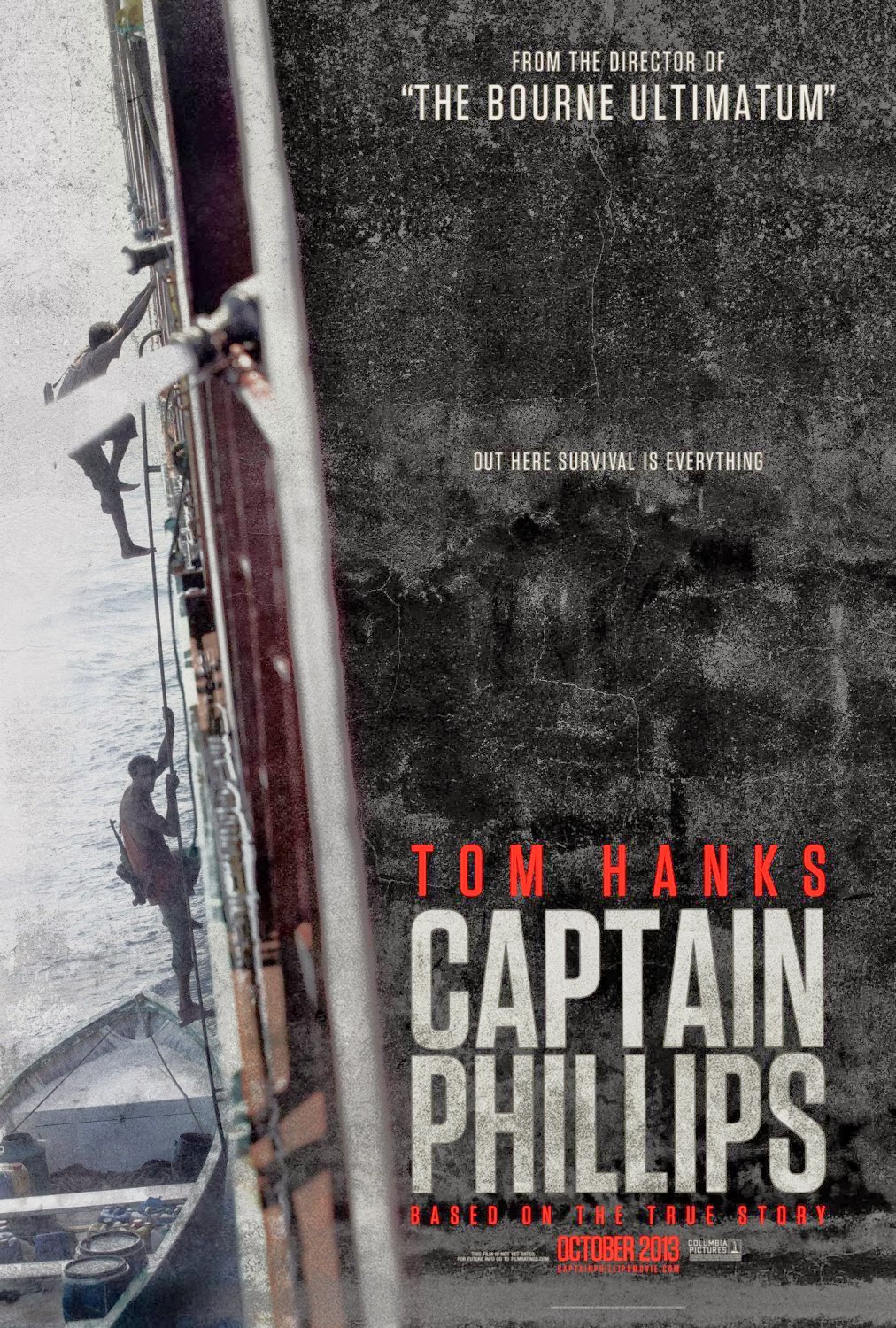By Matt Duncan
Coastal View News
In the 11th century, Islamic philosopher Ibn
Sina—more commonly known in the West as “Avicenna”—introduced a thought
experiment. He asked us to imagine that someone—you, let’s say—was created an
instant ago in a blank void. You have no memories, beliefs, thoughts, nor can
you see, hear, smell, taste, or feel anything. You’re just floating in the
void. Imagine what that would be like. What it be like anything at all? Or
would it just be lights out, no one’s home?
Now consider a different, more modern version of the
thought experiment. Imagine that you woke up an instant ago strapped into a
futuristic pod. You don’t know where you are, and you can’t remember how you
got there. Nor can you remember much of anything else. You can see things—such as
the contours of the pod with its futuristic screens and displays, buttons and
mechanisms. You can hear things—most notably MILO, the pod’s AI “assistant”. And
you certainly can feel things—like the straps restricting your movement and a tightly
bound wrap enclosing most of your body, as well as the racing of your heart, the
burning of your lungs, and the confusion, anxiety, and sheer terror evoked by
your situation.
So, unlike Avicenna’s “Flying Man” thought experiment,
you have all sorts of sensory experiences. But you don’t know what to make of
them. In that way, you’re a blank page, starting from scratch. What do you?
This is “Oxygen”—a new Netflix Original sci-fi thriller.
Elizabeth Hansen (Melanie Laurent), who at first only knows of herself by the
computer code name assigned to her, wakes up blank-page-like into a pod. She
has flashes of memory. But she doesn’t know much about who she is, where she
is, or how she got there.
What she does know is that something is wrong with the
pod. MILO (Mathieu Amalric) tells her that there’s been a malfunction, an
error. That, no doubt, is why she’s awake.
O.K, so now she wants out. But she can’t get out. She doesn’t
have the required admin password.
Another thing Hansen learns pretty quickly—because MILO
keeps telling her—is that her oxygen is running low. She only has so much time
to figure things out. And, of course, the more she panics the harder she
breathes, and the harder she breathes the quicker the oxygen runs out.
So Hansen has to get it together and solve her problem
quickly. MILO helps some—he’ll answer any question he’s programmed to answer.
But he’s only programmed to answer, or do, so much. He’s a smart AI, but it’s
not like he knows, or gets, what Hansen is thinking, feeling, and wanting such
that he can just cut to the chase and devise a strategy for her escape.
That’s up to Hansen. She’s got to figure it out.
Eventually she finds a way to call the police. They seem willing to help. But
they need more info about Hansen’s situation. Which she of course doesn’t have.
She is able to give them the manufacturer and serial number of the pod, but the
police can’t locate it. They need more info.
As Hansen thinks, thinks, thinks, memories start to come
back in little bits. With the help of MILO, she’s able to piece together that
she’s a well-known scientist who works on cryogenics, and she has a husband who
appears to be sick. But things end up being more complicated—and surprising—than
anyone in that state could imagine.
Still, she’s only got so long to figure it out. Oxygen at
23 percent. 14 percent. Eight percent. Three percent …
“Oxygen” is captivating. It is beautifully simple. The entirety
of it takes place in an area not much larger than a casket. Yet it explores vast
themes about the far reaches of technology, the nature of personal identity,
and the future of humankind. As the information trickles in, there’s more to
think about, more to ponder.
The puzzle itself is a futuristic Sherlock Holmes story. Hansen
has to piece it together, we have to piece it together. And the tension feels
real. Not only do we have to think it through, we know we’re on the clock—stuck
in a tiny space with naught but our wits and dwindling air to breathe.
Stuck in a tiny space with naught but our wits and
dwindling air—I suppose that’s how a lot of us have felt over the past year
(the creators of “Oxygen” know this, of course, along with other relevant details
about how things are going for us humans). Which makes the film all the more
effective, more relatable, more real.
People differ in their reactions to Avicenna’s “Flying Man”—some agree that they’d still be self-aware in such a scenario, other say it’d just be nothingness. But it’s all too easy to know what it’d be like in the “Oxygen” scenario. And it’s breathtaking.




